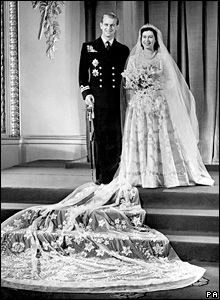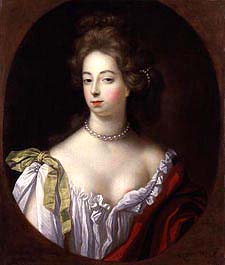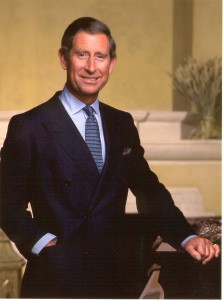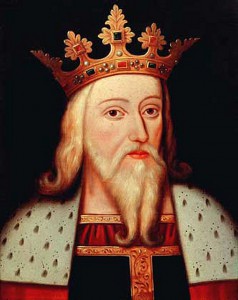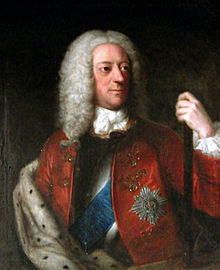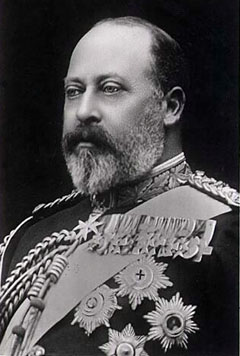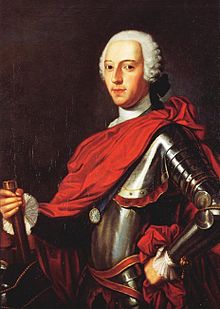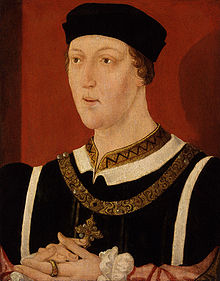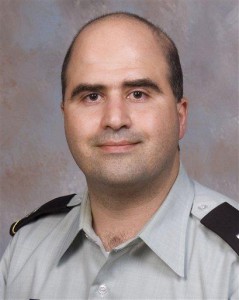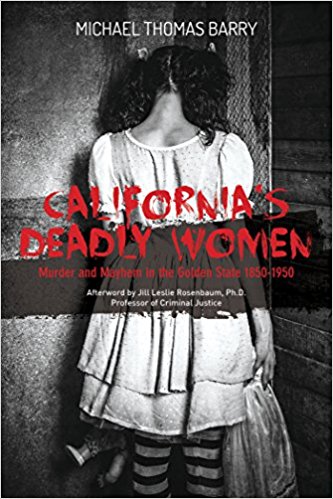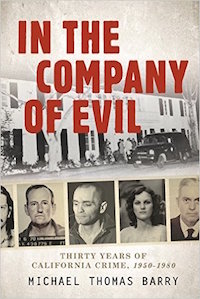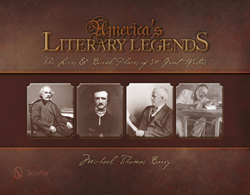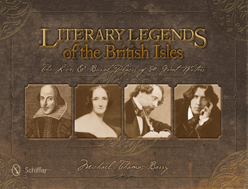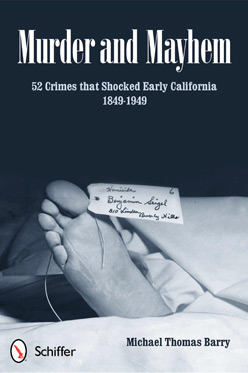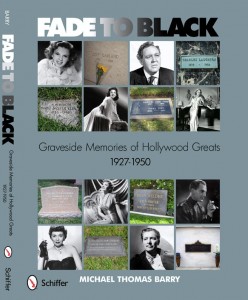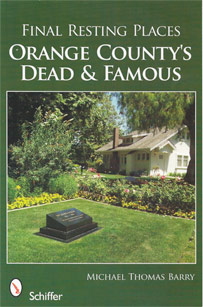11.20
On this date in 1947, Princess Elizabeth (future Queen Elizabeth II) marries Philip Mountbatten at Westminster Abbey. Mountbatten is a distant cousin of Elizabeth’s and was prince of Greece and Denmark who renounced his titles in order to marry the English princess. The celebrations surrounding the wedding of the popular princess lifted the spirits of the people of Britain, who were enduring economic difficulties in the aftermath of World War II. Princess Elizabeth, heir to the British throne, was 21 years old at the time of the wedding and Mountbatten, age 26, had fought as a British naval officer during World War II and was made the duke of Edinburgh on the eve of his wedding to Elizabeth. On February 6, 1952, the death of King George VI sent Elizabeth to the throne, and Philip ended his naval career to concentrate on his new duties as consort of the British monarch. Elizabeth and Philip eventually had four children–Prince Charles, Princess Anne, Prince Andrew, and Prince Edward.

